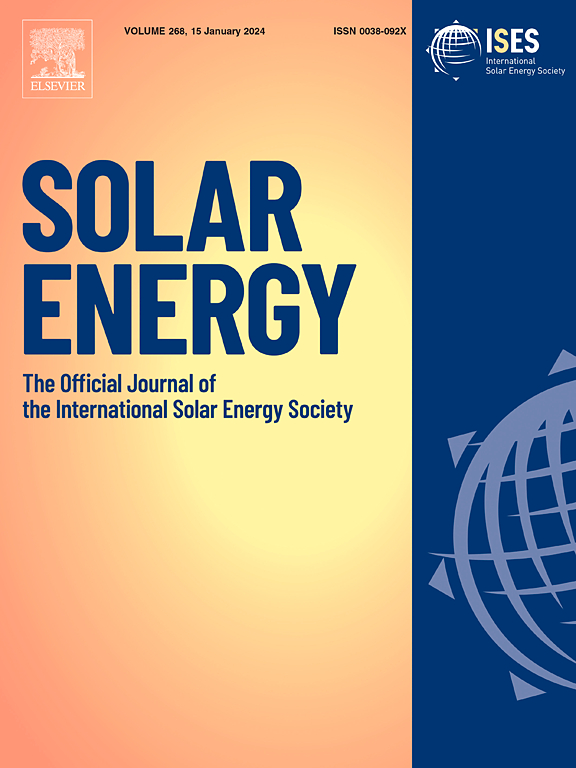Stepped solar Stills: A comprehensive review of Design, Performance, and optimization strategies for sustainable water desalination
IF 6
2区 工程技术
Q2 ENERGY & FUELS
引用次数: 0
Abstract
Solar distillers are frequently used to desalinate water into drinkable water by utilizing solar energy. However, their low productivity and efficiency have hindered their widespread adoption, especially in dry and isolated areas where freshwater is crucial. Stepped solar stills, which merge a sequence of cascading basins that operate at progressively lower temperatures, are an intriguing idea that aims to improve the performance and productivity of solar stills. This research intends to scrutinize stepped solar stills’ effectiveness, examining their design, operation, and applications. Various configurations of stepped solar stills, such as the number of stages, materials used, and heat transfer techniques, are discussed in the paper. Theoretical and practical investigations into the thermal behavior and heat transfer properties of stepped solar stills are evaluated, as well as the technology’s benefits and constraints. The study also assesses the usefulness of stepped solar stills in different climatic conditions, as well as their potential use in agriculture, industry, and disaster relief efforts. Additionally, the economic viability and environmental sustainability of stepped solar stills are analyzed. In summary, this review paper delivers an in-depth analysis of stepped solar stills and their potential to mitigate global water scarcity. The research concludes by identifying future research and development prospects and challenges in this field.
阶梯式太阳能蒸馏器:全面回顾可持续海水淡化的设计、性能和优化策略
太阳能蒸馏器通常用于利用太阳能将水淡化成饮用水。然而,太阳能蒸馏器的生产率和效率较低,阻碍了其广泛应用,尤其是在对淡水至关重要的干旱和偏远地区。阶梯式太阳能蒸馏器合并了一系列在逐渐降低的温度下运行的级联水池,是一种旨在提高太阳能蒸馏器性能和生产率的有趣想法。本研究旨在仔细研究阶梯式太阳能蒸馏器的有效性,考察其设计、运行和应用。文中讨论了阶梯式太阳能蒸馏器的各种配置,如级数、所用材料和传热技术。对阶梯式太阳能蒸馏器的热行为和传热特性进行了理论和实践研究,并对该技术的优势和限制因素进行了评估。研究还评估了阶梯式太阳能蒸馏器在不同气候条件下的实用性,以及在农业、工业和救灾工作中的潜在用途。此外,还分析了阶梯式太阳能蒸馏器的经济可行性和环境可持续性。总之,本综述论文深入分析了阶梯式太阳能蒸馏器及其缓解全球水资源短缺的潜力。研究最后指出了该领域未来的研发前景和挑战。
本文章由计算机程序翻译,如有差异,请以英文原文为准。
求助全文
约1分钟内获得全文
求助全文
来源期刊

Solar Energy
工程技术-能源与燃料
CiteScore
13.90
自引率
9.00%
发文量
0
审稿时长
47 days
期刊介绍:
Solar Energy welcomes manuscripts presenting information not previously published in journals on any aspect of solar energy research, development, application, measurement or policy. The term "solar energy" in this context includes the indirect uses such as wind energy and biomass
 求助内容:
求助内容: 应助结果提醒方式:
应助结果提醒方式:


